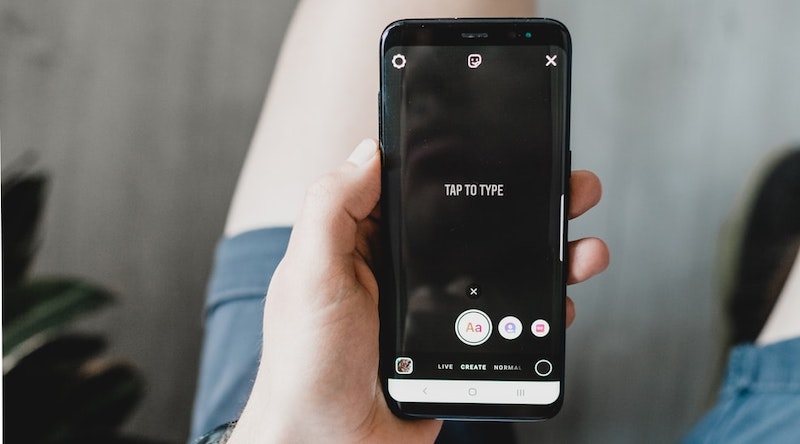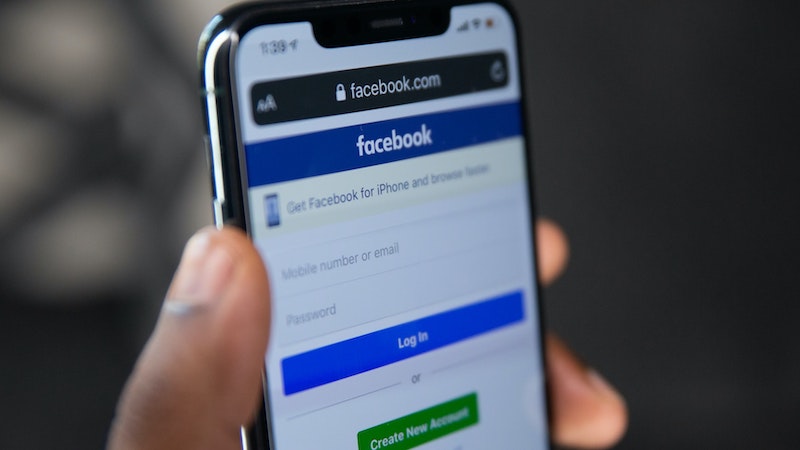Storrito is your autopilot forInstagram Stories
Business Guide: How Often Should You Post on Instagram and Facebook?
“How often should I post on Instagram and Facebook?” This is a question a lot of businesses are asking. How much is too much, and how little is too little? In the following, we’ll look at different factors you should consider in deciding the best posting frequency for your business.
It’s a question most businesses struggle with: “What’s the ideal number of posts on social media?” Too many posts can get annoying for followers. Nonetheless, you don’t want users to forget about you, and you also don’t want to miss out on important business opportunities by not posting often enough. So, how do you find the perfect balance? And what are the best posting frequencies for Instagram and Facebook?
In the following, we’ll look at what you need to know to find the best posting frequency for your business on Instagram and Facebook.
One size does not fit all
First off, every social media account is different, and there are different dynamics on different platforms as well. There is no ideal number of posts that will work for every account on every social media platform. While there are some general guidelines and rules, it’s also important that you consider the social media platform, your business model, and your target audience in order to determine the best frequency for your posts.
Some trial and error will also likely be necessary in determining how often you should post on Instagram and Facebook.
Key differences between Instagram and Facebook
While both platforms are owned by Facebook, Instagram and Facebook’s user profiles differ slightly. It helps to keep this in mind when deciding how often you should post.
For one, Instagram users are younger and more active on social media than Facebook users. According to a social benchmark report by Rival IQ, the median engagement rate for a Facebook post is 0.09%, whereas the median engagement rate per post on Instagram is 1.60%.
Instagram users are also more interested in interacting with businesses than Facebook users. A study by Selfstartr shows that only 32% of Facebook users interact with brands regularly, while on Instagram, it’s 68% of users. This means that, in general, your Instagram audience probably wants to hear from you more often than your Facebook audience does.
Experts recommend posting once a day on Facebook, and up to twice a day on Instagram. This doesn’t hold true for stories, which can be posted more frequently since they disappear after 24 hours.
For your posting strategy, we recommend posting more frequently on Instagram and focusing on quality over quantity in your Facebook posts. If you feel that you need to post more often than the recommended posting rates, consider using different channels. For example, try using Stories instead of just making normal posts.
Different businesses require different posting schedules
Aside from adjusting your posting frequency by platform, it is also important to consider your type of business.
Are you running a busy restaurant that has offers new daily specials each day and several events every week? Then it makes sense to post more often in order to keep your users up to date. If, however, you own a local flower shop that only infrequently features deals or special events, it’s not necessary to flood your followers’ feeds with five posts a day. Instead, focus on creating high quality posts that promote your products, and run targeted campaigns for special seasonal events such as Valentine’s Day.
Regardless of your specific situation, always make sure that your posts are useful for your followers. Never post just for the sake of posting. Instead, ask yourself: “What additional value does this post give my followers?”
Also: be consistent! If you decide to post five times a week on Facebook and once a day on Instagram, stick to your schedule. It helps followers to know what to expect, and regular content keeps users more engaged.
Know your target audience
The third important factor in determining your posting frequency is your target audience. Are your followers online every day, or even multiple times per day?
When do they check their social media feeds? Who is following you, and what are your followers’ interests and daily habits?
The better you know your target audience, the better you can adjust not only the type of content and your posting times, but also the frequency with which you make posts. For instance, if your audience consists primarily of working parents who engage with your content from Monday through Friday but don’t use social media on the weekends (when they are spending time with their families), you should adjust your posting frequency accordingly and make most of your posts during the workweek.
Testing, testing, testing
Finally, after you have come up with a posting strategy that consideres differences in each platform, your type of business, and your target audience, it’s time to put your strategy to the test.
Set specific goals (for example: 100 post views, or 10 comments per post), and use software to help you track the performance of your posts. If you notice that you are not reaching your goals, start adjusting your posting strategy. In order to get the most accurate results, we recommend only changing one parameter at a time.
For instance, start by adjusting your posting times. If that doesn’t improve your results, try changing your posting frequency, and so on. By changing only one parameter at a time, it will be easier to figure out what you need to adjust to reach more people with your posts.
Don’t be discouraged if it takes some time to figure out the best posting frequency for your business. Trial and error is part of establishing a successful social media strategy.
Try working with scheduling tools as well. They can give you a great overview of your planned posts and help you to stay more organized. They also make it easier to post regularly without missing any posting slots.
This is not only true for feed posts but also for stories. Storrito, for example, is a web tool for editing and scheduling Instagram stories. You can work with multiple users on posts, and even schedule stories in bulk. There is also a cross-posting option for Instagram and Facebook stories. Set up an account for free, and find out how Storrito can help you boost your business on social media!
Ready to schedule your stories?
Tools
- Auto Post Instagram Stories
- How to Upload a Video to Instagram Story from PC
- Schedule Instagram Stories with the Link Sticker
- Upload and post Instagram Reels from PC
- Schedule Instagram Stories
- Can you schedule Instagram stories? Yes, with Storrito.com! (Here's How)
- Instagram Story Planner (Scheduler)
- Schedule Facebook Stories from PC
- Instagram Story Maker Online
- How to schedule Instagram Reels
- How to add a story in Instagram from PC or Mac?
- Post Instagram Stories from PC
Support
Subscribe to our newsletter
Be the first to know when we're adding new features and releasing new updates!


